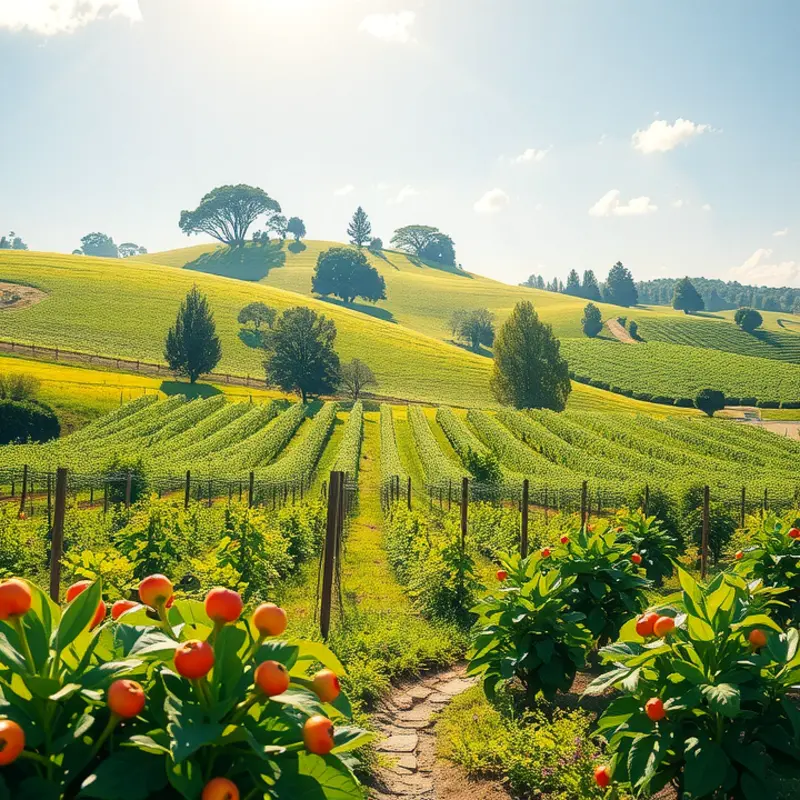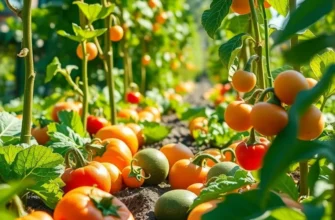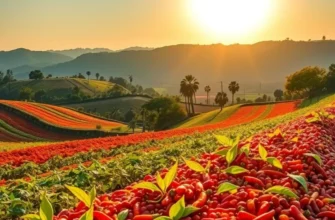Explore the vibrant world of regional cooking fats and oils, essential ingredients that transform cuisines globally. From the smoky richness of duck fat in French kitchens to the nutty aroma of toasted sesame oil in Asian dishes, these fats are not mere cooking mediums but cultural narrators. Each region’s unique oil or fat bears the stories of its land, climate, and culinary traditions, inviting food enthusiasts into a deeper understanding of global culinary practices.
Liquid Gold: The Mediterranean’s Treasures

The Mediterranean region’s love affair with olive oil is legendary. Revered as liquid gold, its roots run deep through the history and culture of this vibrant landscape. Olive oil, more than just a cooking medium, embodies tradition, family, and a celebration of earth’s bounty.
Olive oil production is an art passed down through generations. The process begins with harvesting, where timing is crucial. Some opt for early harvests, yielding oils rich in polyphenols with a robust, peppery flavor. Others prefer a later harvest, producing a sweeter, milder oil. Understanding these differences elevates the culinary uses of olive oil from simple salad dressings to complex cooking techniques.
Extra virgin olive oil, or EVOO, is the crown jewel of the olive family. It comes from the first pressing of the olives without heat or chemicals, preserving its purity. EVOO boasts health benefits, reducing inflammation and supporting heart health. But its culinary applications go beyond health. Drizzling EVOO over a fresh Caprese salad brings out the flavors of tomatoes, basil, and mozzarella, elevating a simple dish to a delightful experience.
Moving south, we find robust olives turned into oil for enriching dishes like ratatouille, a staple of Provence. The oil imparts a silky texture to sautéed vegetables. Its ability to carry flavors and enhance them is unmatched. From the smoke of a wood-fired oven emerges the crisp crust of a pizza, brushed with olive oil to achieve its golden hue.
There are diverse types of olive oils across the Mediterranean. Beyond EVOO, the spectrum includes virgin olive oil, refined olive oil, and olive pomace oil. Each has a place in the kitchen. While EVOO suits finishing dishes, virgin olive oil lends itself to gentle frying, and refined versions handle high-heat cooking.
Sustainable practices are becoming more prevalent in olive cultivation. Many small producers use methods that maintain soil health and biodiversity, ensuring that olive oil production remains feasible for future generations. Learn how you might incorporate these sustainable practices into your kitchen in this article: Eco-smart kitchen storage.
Olive oil’s versatility has made it integral in various culinary traditions. In Spain, the rich and refined gazpacho benefits from a generous pour of olive oil, balancing the acidity of tomatoes and peppers. Across the Aegean, Greeks bake their iconic tiropita, where olive oil strengthens the pastry layers, resulting in a flaky, golden crust.
The cultural fabric of the Mediterranean is woven through the use of olive oil. More than just a staple, it is a symbol of prosperity and hospitality. As you embrace the rich traditions of this region, let olive oil be your guide—transporting you to sun-kissed groves and bustling marketplaces, enriching your culinary journey with every drop.
The Aromatic World of Asia: Sesame and Beyond

The vibrant tapestry of Asian cuisine is richly interwoven with diverse cooking oils that uniquely enhance regional dishes. Sesame oil, revered for its nutty aroma and deep flavor, is a staple in kitchens across Asia. Its golden hue and toasty finish add depth to Korean banchan, Japanese salads, and Chinese stir-fries. The extraction of sesame oil from toasted seeds imbues it with a distinctiveness that transforms even the simplest of dishes into culinary delights.
In Japan, sesame oil is a key ingredient in various noodle dishes and nabe (hot pots), where its warming aroma complements the umami-rich broths. The Japanese also value it for its capability to blend seamlessly with the subtle flavors of soy sauce and rice vinegar in dressings for seaweed and cucumber salads.
Across the Sea of Japan, Korea employs sesame oil in bibimbap, adding aromatic richness to the mix of rice, vegetables, and protein. Koreans often finish dishes with a drizzle of sesame oil, imparting an irresistible sheen and flavor. Its use in namul (seasoned vegetable sides) showcases its ability to enhance and elevate each component.
Moving to China, sesame oil imbues stir-fries, marinades, and dipping sauces with depth and complexity. An essential part of hunan and sichuan cuisines, it complements bold flavors like chili, garlic, and ginger. The oil’s toasty essence balances and enhances the spiciness of dishes, creating a harmonious culinary experience.
Beyond sesame oil, coconut oil is celebrated in the tropical climates of Southeast Asia. Countries like Thailand, Indonesia, and the Philippines utilize it in both savory and sweet dishes. Its light, tropical scent enhances the fragrance of curries and stews. Coconut oil contributes to the crispiness in fried foods and the creamy texture of coconut-based desserts. As a pivotal ingredient, it underscores the harmonic balance that Southeast Asian dishes strive to achieve.
In the Indian subcontinent, ghee – clarified butter – is a symbol of prosperity and purity. Integral to Indian cooking, ghee imparts a nutty and slightly caramelly flavor. It is king in tadka, the process of blooming spices, which releases intense aromas and flavors. Whether in aromatic biryani, rich korma, or sweet halwa, ghee plays a starring role.
As the culinary journey through Asia unfolds, the regional cooking fats and oils illustrate traditions and stories. Each oil is more than an ingredient; it is a testament to cultural uniqueness and local knowledge. To discover more about traditional culinary influences and the role of trade in regional cuisines, explore culinary influences and trade.
Final words
Regional cooking fats and oils represent far more than simple culinary tools; they encapsulate history, culture, and local flavors. By embracing these unique ingredients, food enthusiasts can enhance their cooking while gaining insights into the diverse traditions around the world. As you gather in kitchens, remember the stories each oil tells—storylines of the sun-kissed Mediterranean, the bustling streets of Asian markets, and the warm-hearted traditions of generations past. Unlock the potential of these fats not solely as flavor enhancers but as vital cultural elements that bond people across the globe in their culinary shared experiences.








